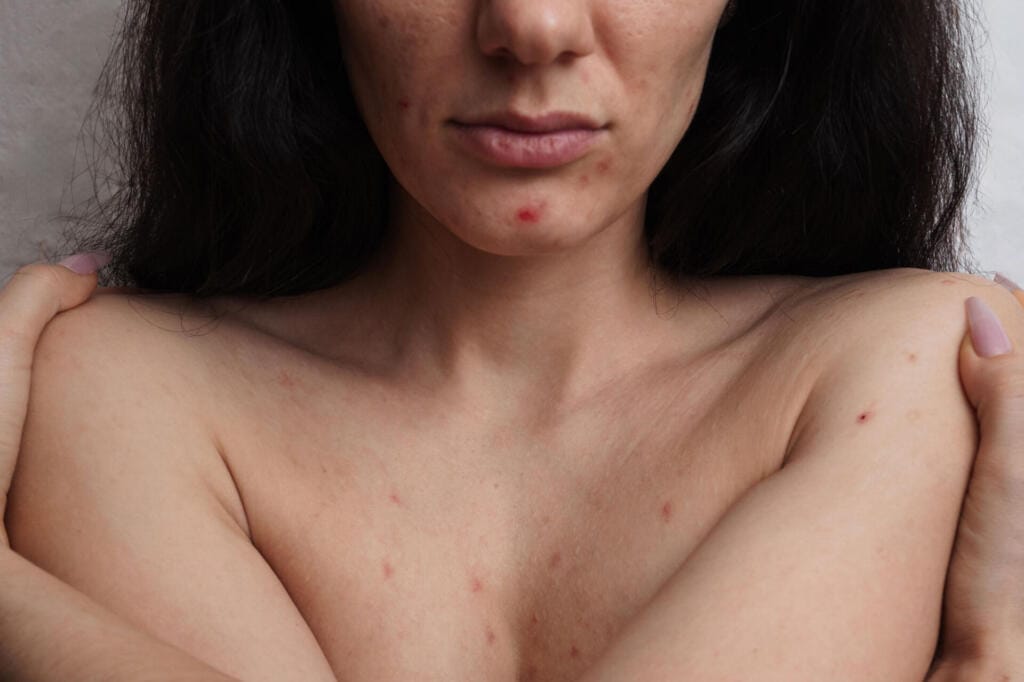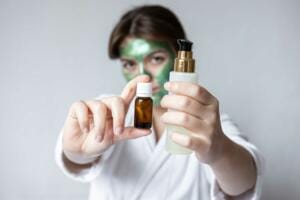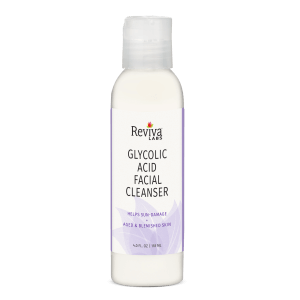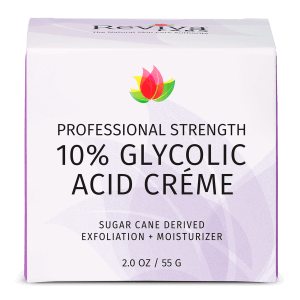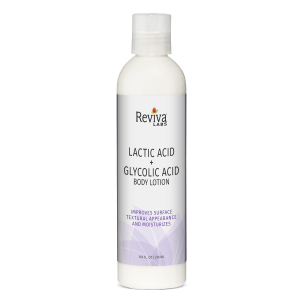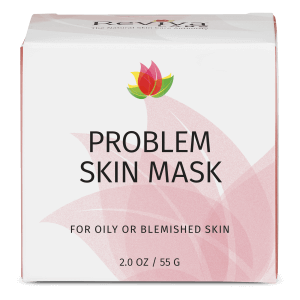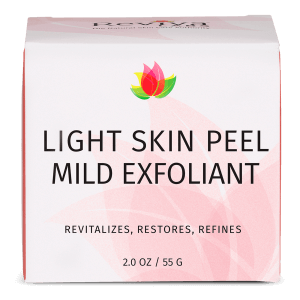Ingredients, Natural, Reviva Labs, Skin Care
What Are Those Small Bumps Under Your Skin? Here’s What They Are and How to Treat Them
If you’ve ever run your fingers across your face or arms and felt small, firm bumps under your skin, you’re not alone. These mysterious little lumps are surprisingly common and, while they might look like pimples waiting to make an appearance, they often have a different story to tell. In fact, not all bumps are created equal! Some are harmless, some are part of your body’s natural processes, and others might signal a need for a little extra skin care attention.
Since they may not be acne-related, understanding the nature of these bumps can make all the difference in your approach to treating them. With a few practical tips and targeted treatments, you can get smoother skin—and peace of mind—knowing what’s really going on under the surface.
Types of Small Bumps and Why They Appear
Small bumps under the skin can be caused by a range of factors. Some may be tiny pockets of trapped oil, while others could be harmless cysts or even natural skin irregularities. Let’s look closer at some common types of bumps and how to identify them.
Milia: The “Trapped” Keratin Bumps
One of the most common types of small bumps under the skin are milia. These tiny, white or yellowish bumps form when keratin—a protein in skin, hair, and nails—gets trapped under the surface. Milia are especially common around the eyes and cheeks, but they can show up anywhere on the face. They’re typically harmless and don’t cause discomfort, though they can be a bit frustrating to deal with.
Milia are more common in people with dry skin or those using rich skincare products that don’t fully absorb, leaving residues that can block pores. Sun damage can also contribute, as it thickens and roughens the outer layer of skin, creating a barrier that traps keratin.
How to Treat Milia: Milia aren’t pimples, so resist the urge to pop them! Instead, gently exfoliate the area with a product that contains a mild alpha hydroxy acid, like glycolic or lactic acid, to help remove dead skin cells and clear blockages over time. For stubborn milia, a dermatologist can remove them safely with a tiny incision or a small laser.
Sebaceous Hyperplasia: The Enlarged Oil Glands
Sebaceous hyperplasia is another common reason for small bumps under the skin, especially in adults over 40. These bumps form when oil glands (sebaceous glands) become enlarged, creating small, flesh-colored or yellowish bumps, usually on the forehead or cheeks. Unlike acne, they tend to have a soft center, sometimes with a small indentation.
These bumps are often mistaken for whiteheads or tiny pimples, but they’re actually the result of overactive oil glands—not trapped bacteria. People with oily skin are more prone to sebaceous hyperplasia.
How to Treat Sebaceous Hyperplasia: To help reduce the bumps and regulate oil production, apply topical retinoids. Procedures like laser treatments and cryotherapy (freezing the bumps) can also shrink the glands, though these require a dermatologist’s care. Avoid aggressive scrubs or picking, as these methods won’t work and could damage the skin.
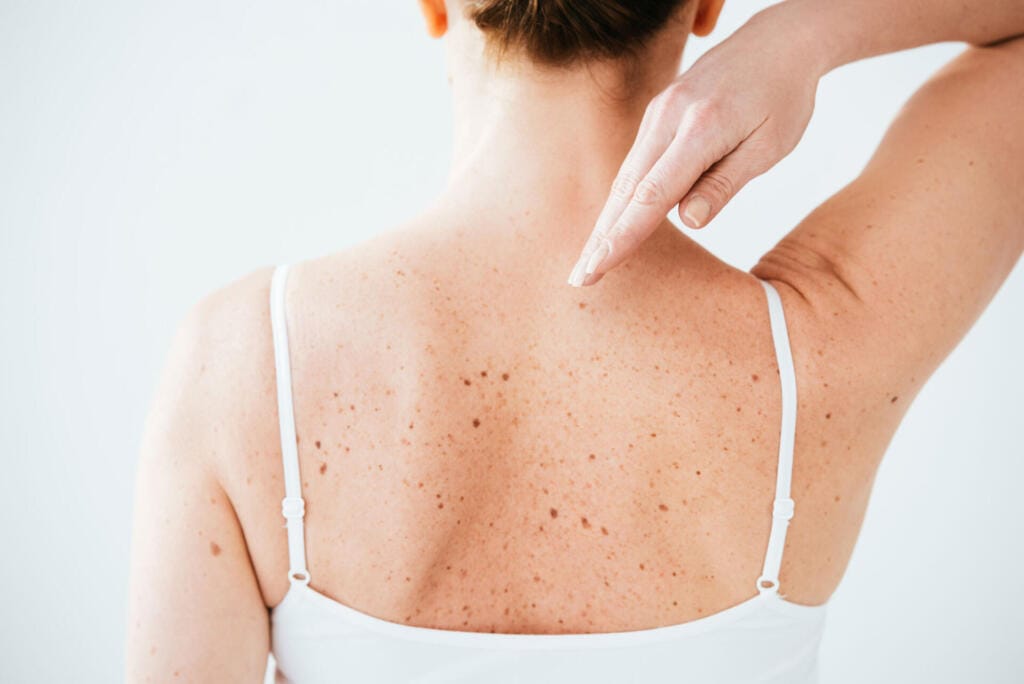
Keratosis Pilaris: The Rough, “Chicken Skin” Bumps
Keratosis pilaris, often called “chicken skin,” is a condition where tiny, rough bumps form on the skin, usually on the upper arms, thighs, or cheeks. These bumps result from a buildup of keratin, similar to milia, but they tend to be rougher and more numerous. Keratosis pilaris is genetic, meaning it’s more likely to run in families, and it can worsen in colder, drier weather.
How to Treat Keratosis Pilaris: There’s no cure, but regular exfoliation can help. Look for products with lactic acid or urea to smooth the skin. Moisturizers with ceramides and emollients can also soften the bumps and reduce dryness. Since it’s a chronic condition, you’ll need to keep up with treatments to maintain smooth skin.
Comedonal Acne: Blackheads and Whiteheads
Not all bumps are cystic or nodular pimples; sometimes, they’re simply closed or open comedones—better known as whiteheads and blackheads. These form when oil and dead skin cells clog the pores. Blackheads have an open surface that oxidizes, turning dark, while whiteheads stay beneath the skin, giving a white or flesh-toned appearance.
How to Treat Comedonal Acne: Salicylic acid is a go-to for unclogging pores, as it penetrates deep into the skin and breaks down oil. Retinoids can also work well by encouraging faster skin cell turnover, which helps keep pores clear. Avoid heavy, occlusive creams in acne-prone areas to minimize future breakouts.
Why Do Some People Have More Bumps Than Others?
A combination of genetics, skincare habits, and lifestyle choices can influence whether someone has more skin bumps. People with naturally oily skin are more prone to sebaceous hyperplasia and comedones, while those with dry or sensitive skin may develop milia from using overly rich skincare products. Sun exposure, climate, and even hormonal changes can also play a role in bump formation.
Lifestyle factors like diet, stress, and skincare choices also come into play. For instance, heavy or pore-clogging makeup, irregular cleansing routines, and using too many products at once can all contribute to clogged pores and milia.
Treatments and Prevention Tips for Smoother Skin
Treating small bumps often involves a combination of gentle exfoliation, consistent cleansing, and non-comedogenic products. Here are some reliable strategies:
Exfoliate Regularly (But Gently)
Regular exfoliation helps remove dead skin cells and prevent keratin from getting trapped beneath the surface. Look for mild exfoliants like glycolic acid, lactic acid, or salicylic acid, especially if you’re dealing with keratosis pilaris or comedonal acne. Aim for exfoliation two to three times a week, depending on your skin’s tolerance.
Moisturize with Lightweight, Non-Comedogenic Products
Opt for lightweight moisturizers, especially if you’re prone to milia or sebaceous hyperplasia. Products labeled “non-comedogenic” won’t clog pores, reducing your chances of developing bumps. Gel-based or water-based moisturizers are often a good choice for oily or combination skin.
Avoid Heavy Makeup and Sunscreens
While makeup is fine for most, choosing lightweight, oil-free products can prevent build-up that clogs pores. Also, use non-comedogenic sunscreens, as sun damage can lead to thicker skin layers that trap keratin and oil.
Consider Professional Treatments
For persistent bumps, a dermatologist can recommend treatments like chemical peels, laser therapy, or prescription retinoids.
Just remember that small bumps under the skin may look alike, but they’re often quite different in origin and treatment. While it’s tempting to reach for every scrub and peel on the shelf, understanding the type of bump you’re dealing with will help you choose the right treatment—and keep your skin smooth and bump-free. Remember, if a bump doesn’t improve with home care, consult a dermatologist to explore other options.
Smooth skin is within reach—it just takes a little know-how and the right routine!



